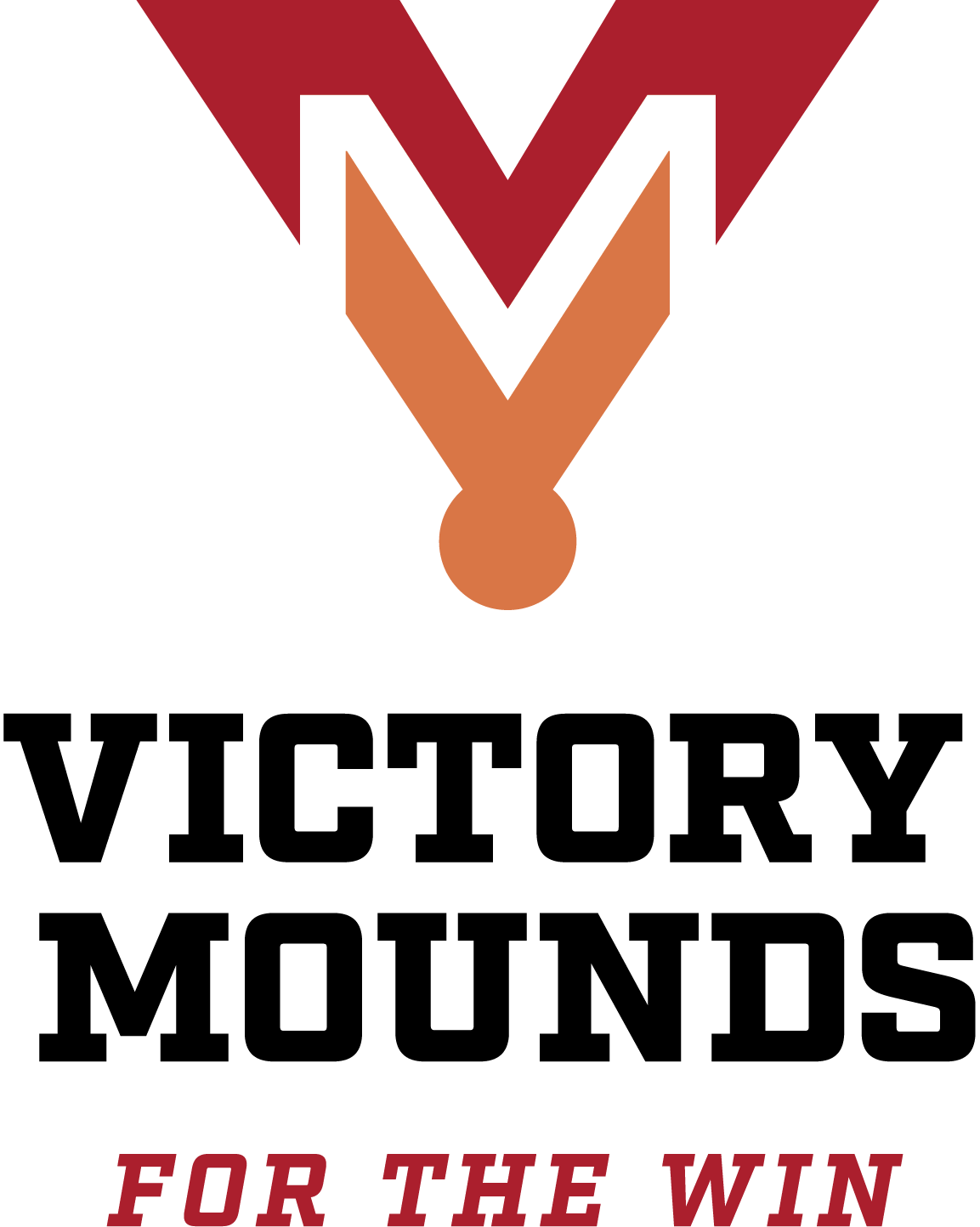Everyone thinks they know baseball equipment. And the truth is that most people do, at least when it comes to the basics like bats, balls, gloves, helmets, and cleats.
But there’s a lot more that goes into baseball than just those basic equipment. Baseball equipment has to be well-designed, and it has to be well-made, too. Shoddy equipment can lead to poor performance and losing efforts, a combination that can quickly suck the fun out of the game.
In addition, every coach and player knows the importance of what we at Victory Mounds like to call “behind the scenes” equipment.
We make an array of portable pitching mounds, field equipment, and specialized pitching platform products that help players deliver their best on the field, so let’s take a brief guided tour through the world of baseball equipment, both basic and specialized, with optimizing performance in mind.
Essential Baseball Gear
Bats
Bats are the essential tools of the trade for every great hitter, and today’s versions are specialized instruments. Rules-wise, the weight of a bat ranges from 28-40 ounces, with a length of up to 42 inches and a diameter of up to 2.75 inches.
It’s the materials that have changed the most, though. The familiar crack of the bat that comes with a wooden bat is now an expensive sound, as the cost of these bats has been steadily rising with each passing decade.
As a result, aluminum bats have earned a place in the game, especially at the collegiate level. While the “ping” of the bat might be offensive to purists, the durability that comes with that ping allows aluminum bats to last for years rather than just single seasons.
The use of aluminium and composite bats is vital for cost-conscious teams at the lower levels of the game, and the simple fact is that these bats are light years better than their predecessors when it comes to high-level performance.
Baseball Gloves
While it is true that baseball players used to catch the ball with their hands, it’s also true that injuries to fingers, knuckles, and hands led to the development of today’s modern baseball gloves.
And with hitters reaching exit velocities of over 100 mph barrel up a blazing fastball that also comes in at similar speeds, fielders would be foolish not to have the best possible gloves.
Those gloves are now made of both authentic leather and its high-tech manufactured equivalent, and the sizes are different for each different position.
Ask most people about this, and they’ll tell you about the difference between a catcher’s mitt and a first baseman’s glove.
They know that catcher’s gloves have a deeper pocket and extra padding for protection, and they’re probably also aware that first baseman’s gloves add an extra inch or two to get that perfect stretch during a bang-bang play.
But there are other differences, too. Infielder’s gloves tend to be smaller, and they have a shallow pocket to facilitate a faster transfer from glove to throwing hand.
Outfielder’s gloves, meanwhile, are usually wider and deeper, with the width providing a little bit of extra catch range.
They also have a slightly deeper pocket that helps outfielders maintain control of the ball if they have to make a diving catch or bounce off an unforgiving wall.
A Must on the Equipment List: The Baseball
The baseball itself is probably the most standardized piece of equipment in the game. The dimensions are 9.25 inches around, with a weight of up to 5.25 ounces.
The ball stays the same at virtually every level of the game, and that consistency is part of the timeless element of baseball.
Batting Helmet
No equipment list would be complete without a rundown of helmets, which are now far more than simple compliments to the traditional baseball cap.
Today’s helmets provide protection from flying bats and balls, and in the case of catcher’s helmets, they’re even specially designed to help prevent or mitigate concussions.
Some of the logos on the helmet may be timeless, but the technology behind helmet protection is an important element in the evolution of the game.
Batting Gloves
Batting gloves are another piece of gear that used to be specialized, but today they’re both complex and common. They’re made of high-tech material that’s meant to enhance grip, and some players get them with padding for extra protection as well.
Moreover, they’re very individualized pieces of equipment, and they’ve become the object of neurotic affection among some of the more anxiety-driven players.
Arm Guards and Shin Guards
These two pieces of gear used to be specialty items, designed to protect sluggers who were regularly pitched inside and hitters who occasionally hit foul balls down off their ankles.
Nowadays they’re worn by most players across the board, though. They’re vital when it comes to injury protection, and they help hitters be more aggressive by edging closer to the plate without having to fear having their forearms shattered by a wayward fastball.
Gear For the Catcher
No one uses guards the way catchers do, though. Their shin guards cover more territory, extending up into a kneepad and down to the foot.
Add in a chest protector and a specialized hockey-style helmet that most catchers wear, and they’re protected from head to toe.
There are still vulnerable spots, though—chest protectors don’t provide complete coverage, after all, and foul balls have a way of finding the most vulnerable areas in these suits of armor.
Supporting Equipment: The Pitching Platform
Now let’s talk about the equipment we supply at Victory Mounds. It runs the gamut from portable pitching mounds, pitching platforms to help build better practice habits, clay to help stabilize the soil used for the base paths and the mound, and the machines and gear at indoor facilities that are used to enhance basic skills.
We also do consulting, too. If you’re having a problem with field issues related to poor conditions, drainage, or other issues, we can help your fields look pristine.
We can also outfit your program with whatever you need to improve performance, and we’ll work within your budget limits as well.
Contact Victory Mounds Today!
To up your game with us, call us at 800-835-9460, or email us at info@victorymounds.com.
You can see our products at victorymounds.com, and we’ve got some great blogs to help you understand what they can do for you and your program.

